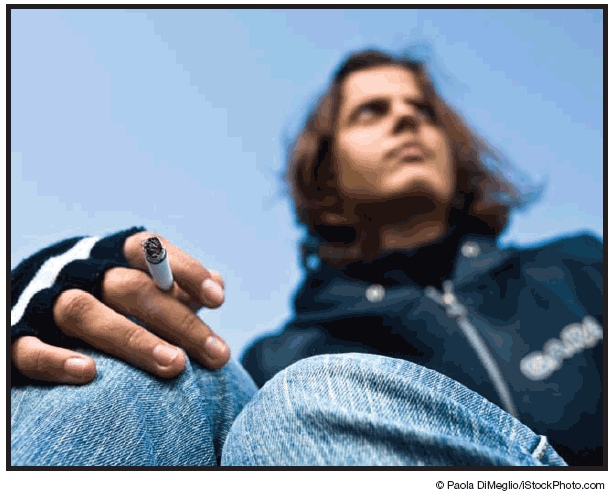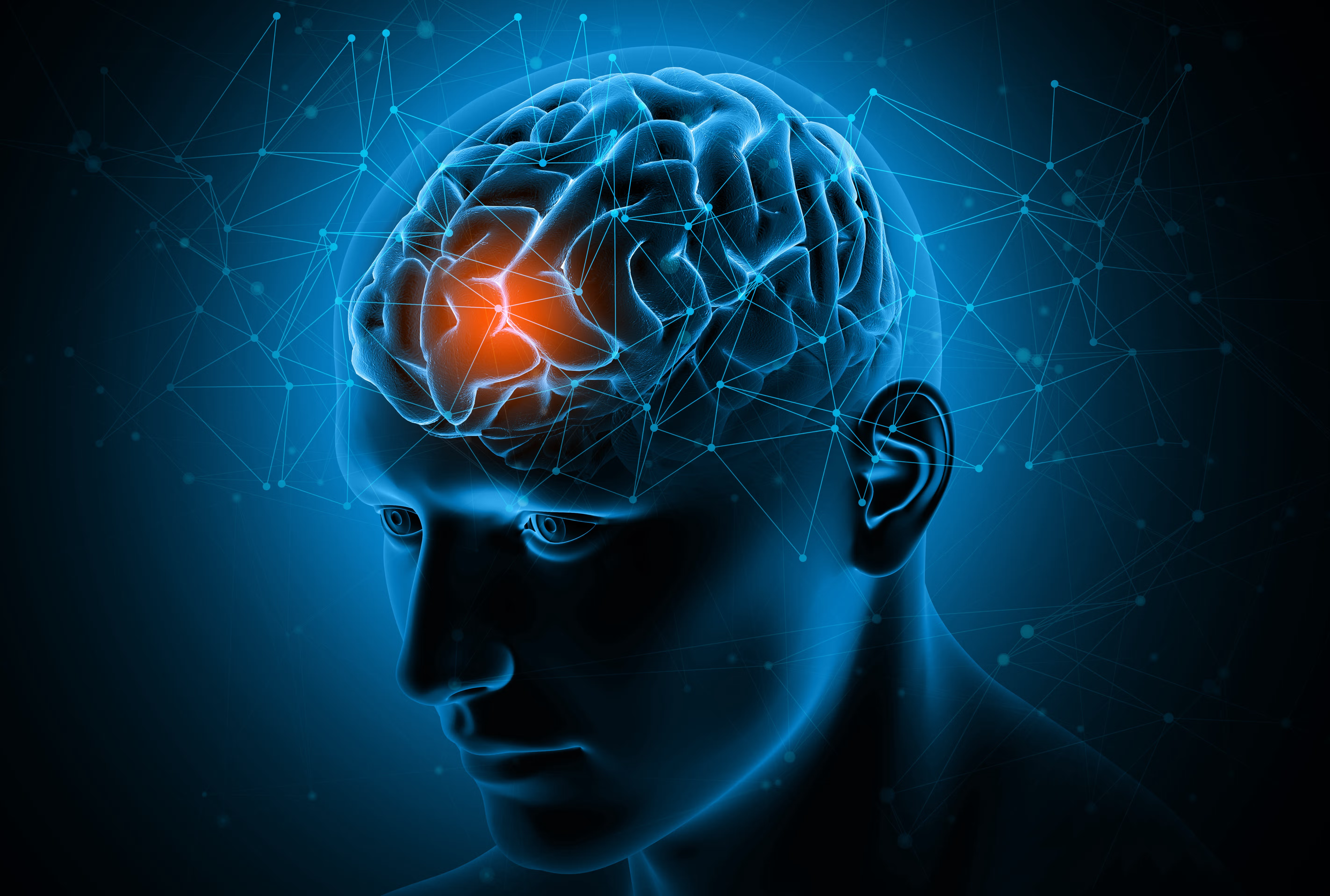Publication
Article
Psychiatric Times
Consequences of Childhood-Onset Conditions
Author(s):
Four recent studies have shed light on the effects of early childhood mood and behavioral problems on adulthood.
Four recent studies have shed light on the effects of early childhood mood and behavioral problems on adulthood.
Bipolar disorder
A pressing clinical question is whether bipolar disorder in childhood continues into adulthood. In a landmark study, Geller and colleagues1 reported on the continuity of child and adolescent bipolar disorder and the characteristics of subsequent episodes. A total of 115 children and adolescents with bipolar I disorder, mixed or manic episode, were followed for 8 years. At baseline, the children ranged from 7 to 16 years, with a mean age of 11 years. The mean age at onset of mania was 8 years. Fully 94% of the sample completed 9 follow-up assessment visits.

During the 8-year follow-up, 88% of the youths recovered from their illness (defined as 8 consecutive weeks without meeting DSM-IV criteria for mania); the mean time to recovery from illness was 56 weeks. Of these youths, 73% had relapses after recovery (defined as 2 consecutive weeks of meeting DSM-IV criteria for mania with significant clinical impairment, which was determined using a Children’s Global Assessment Scale score of 60 or lower); the mean time to relapse after recovery was 99 weeks. Predictors of illness duration were younger age at baseline and low maternal warmth. In the 8-year follow-up period, the mean number of manic or mixed episodes was 2. These 2 subsequent episodes of mania were characterized by long duration (mean time of 55 and 40 weeks, respectively), daily cycling, and psychosis. Forty-two percent of the youths also had an episode of major depression. At the 8-year follow-up assessment, 54 participants were 18 years or older. Forty-four percent had manic episodes. This finding argues strongly for the continuity between bipolar I disorder in children and bipolar I disorder in adults.
Substance abuse
Crum and colleagues2 recently examined the potential association between depressed mood in childhood and alcohol use in adolescence and young adulthood. A total of 2311 children in first grade from 19 elementary schools were monitored from 1985 to 1986. Approximately half the children were girls and three-fourths were black. Children were interviewed individually about their mood; depressed mood was based on their responses to questions about being in a bad mood, feeling sad, feeling crabby or cranky, and feeling like crying all or most of the time over a 2-week period. The children were assessed annually between 1989 and 1994 to obtain information about alcohol use. Interview questions included items about any alcohol use, alcohol intoxication, and alcohol-related problems such as social difficulties and health problems. In young adulthood, about 75% of the sample was available for assessment.
It was found that depressed mood in childhood predicted subsequent alcohol use. Higher levels of depressed mood in childhood were associated with earlier onset and higher risk of alcohol intoxication and alcohol-related problems (eg, problems in school, with police, or at home, and health or physical problems associated with alcohol) in later childhood and early adolescence. Moreover, a high level of depressed mood in childhood predicted the development of alcohol dependence in young adulthood; this increased risk was independent of family alcohol use, peer alcohol use, and conduct problems. This study is clinically important because it demonstrates alcohol involvement throughout adolescence and adulthood as a potential consequence of childhood depressed mood.
Substance abuse in adolescence has also been found to be an outcome for children with both inattention/hyperactivity and aggression.3 Investigators conducted a prospective study of 335 children aged 3 to 5 years with alcoholic and nonalcoholic fathers. Assessments of aggression and inattention/hyperactivity were obtained when the children were aged 7 to 16 years. Although aggression and inattention/hyperactivity independently have been found to be risk factors for substance abuse, the combination of aggression and inattention/hyperactivity throughout childhood confers the greatest risk of substance use by age 16 years. The investigators recommended that children with both these conditions receive early intervention to prevent substance abuse later.
Consequences of bullying
Recent attention has focused on the adverse social, emotional, and behavioral consequences of bullying by peers in school-aged children. Barker and colleagues4 examined whether early onset of peer victimization in preschool predicted peer victimization after entry into grade school in 1970 children, with approximately equal distribution of girls and boys. To assess peer victimization during the preschool years, the children’s mothers were interviewed 4 times while the child was aged 3 to 6 years. Interview items included whether the child was made fun of by other children, hit or pushed by other children, and called names by other children, as well as the frequency of these events. To assess peer victimization in first grade, the teachers were asked the same questions that the mother had been previously asked. In addition, the children were asked whether other children at school called them names; said bad things behind their back; pushed, hit, or kicked them; teased them in a mean fashion; and would not allow them to play with the peer group, as well as how often these events occurred.
Peer victimization in preschool years predicted peer victimization in first grade. Those children who were chronically victimized tended to be physically aggressive in infancy, and their parents were noted to use a harsh, reactive parenting style. The investigators recommended early intervention to focus on child behaviors and parenting skills to reduce subsequent peer victimization.
References:
1. Geller B, Tillman R, Bolhofner K, Zimerman B. Child bipolar I disorder: prospective continuity with adult bipolar I disorder; characteristics of second and third episodes; predictors of 8-year outcome. Arch Gen Psychiatry. 2008;65:1125-1133.
2. Crum RM, Green KM, Storr CL, et al. Depressed mood in childhood and subsequent alcohol use through adolescence and young adulthood. Arch Gen Psychiatry. 2008;65: 702-712.
3. Jester JM, Nigg JT, Buu A, et al. Trajectories of childhood aggression and inattention/hyperactivity: differential effects on substance abuse in adolescence. J Am Acad Child Adolesc Psychiatry. 2008; 47: 1158.
4. Barker ED, Boivin M, Brendgen M, et al. Predictive validity and early predictors of peer-victimization trajectories in preschool. Arch Gen Psychiatry. 2008;65: 1185-1192.






